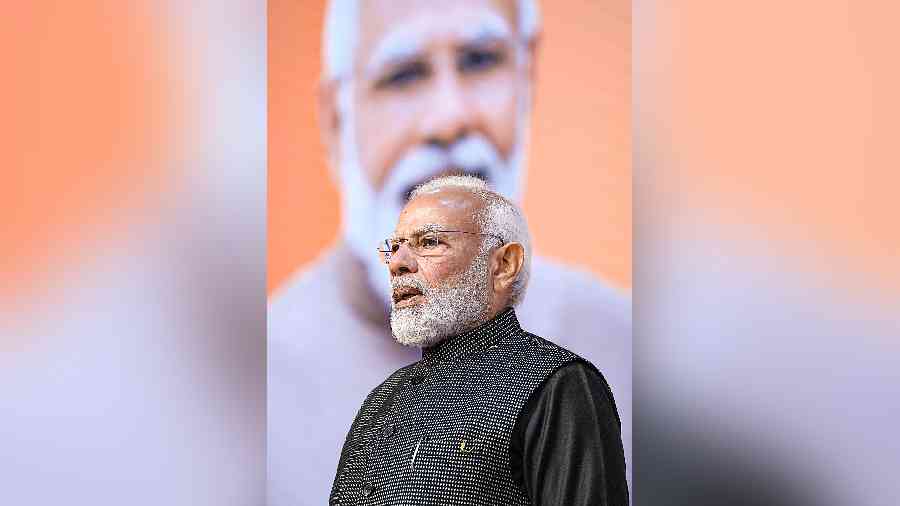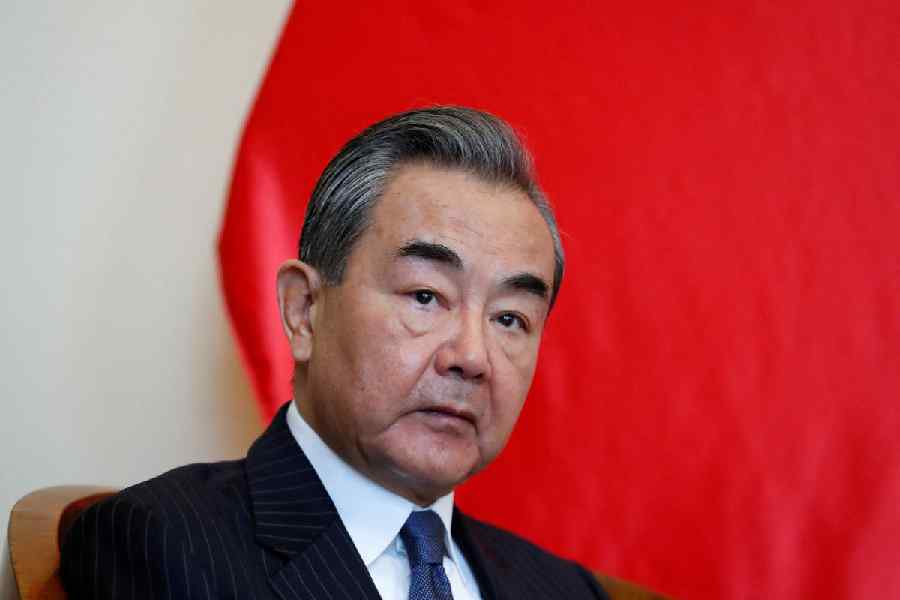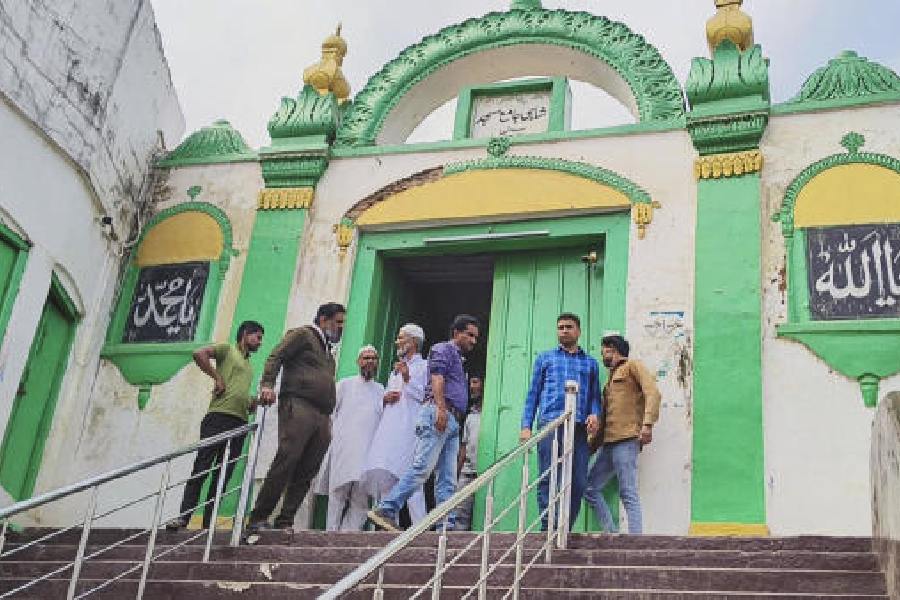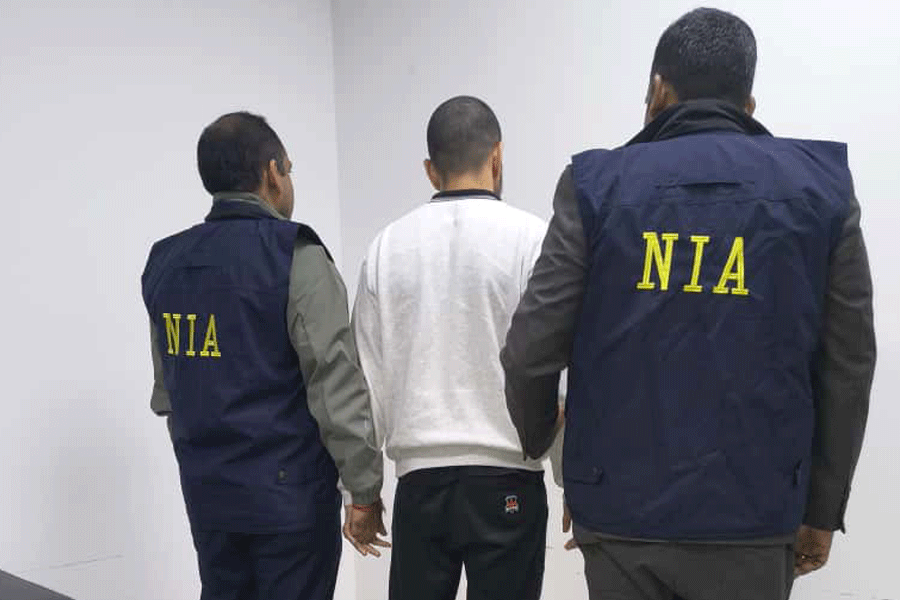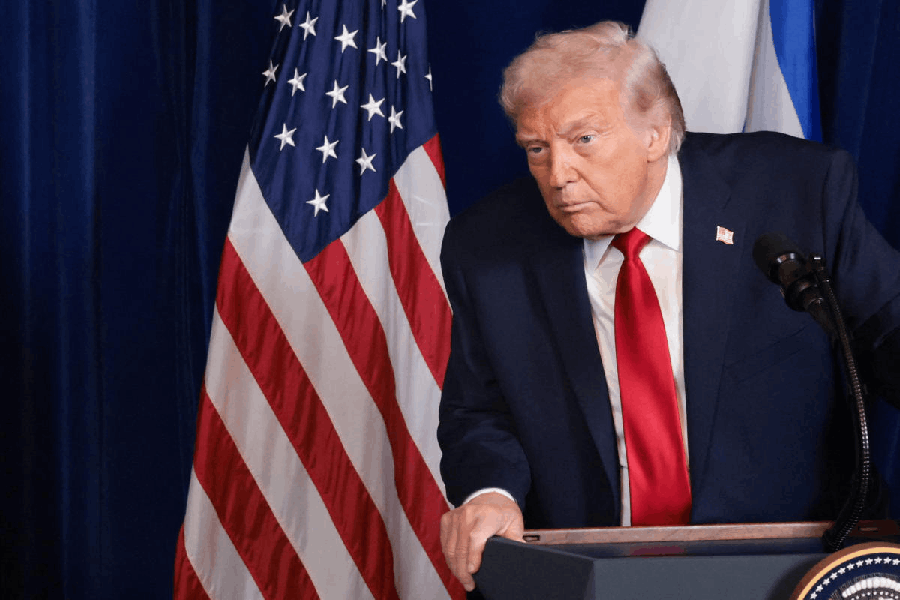Each political party — at least the ones that have endured over a period of time — has its own dynamics and there are different approaches to studying them. The communist parties, for example, attach considerable importance to the voluminous documents that are prepared, debated, and adopted at the party congress. The Congress, on the other hand, is extremely irregular in convening meetings of the Working Committee, and the larger sessions of the All India Congress Committee that used to be annual affairs until about the mid-1980s are becoming increasingly infrequent. Consequently, exploring the inner workings of the Congress necessitates a deep familiarity with prominent leaders and functionaries of the party.
The Bharatiya Janata Party has been in existence since its establishment in Mumbai in 1980. However, in terms of the party’s own self-perception, there is an unbroken link between today’s BJP and the Bharatiya Jana Sangh that was established by Shyama Prasad Mookerjee in 1951, just prior to the first general election. The traditions that defined the Jana Sangh from its inception to its merger with the Janata Party in the aftermath of the Emergency in 1977 have, in many cases, persisted with minor modifications in the BJP.
A feature of the BJP that is invaluable in studying the party is the meeting of the National Executive that is, by and large, held every quarter or four months. This is a tradition that has persisted since 1980 and is complemented by the sessions of the larger National Council, which meets at least once before each general election. The last occasion the National Council met was prior to the 2019 general election and the next one is likely to meet sometime next year as part of the run-up to the 2024 general election. As both an observer and a participant, I have found these meetings to be invaluable in understanding the party and monitoring its evolution.
The first meeting of the National Executive I attended was in Ernakulam, Kerala, way back in 1987 when L.K. Advani was the president, having taken over from Atal Bihari Vajpayee after the party’s disastrous showing in the post-Indira Gandhi assassination election of 1984. The venue was a modest hotel and there was no real divide between the members of the National Executive and the small clutch of journalists that came to cover the meeting. Everybody dined together and the flow of information was generous. It was quite a homely affair where there were three types of people. The first comprised the few mass leaders of the party, such as Vajpayee, Bhairon Singh Shekhawat, Vijaya Raje Scindia, Sunder Lal Patwa, Shanta Kumar, Vijay Kumar Malhotra and Kalyan Singh, who was very excited at the headway the BJP was making among farmers in parts of western UP. Then there were the apparatchiks, such as the formidable Kushabhau Thakre, Sunder Singh Bhandari, and Kailashpati Mishra, not to mention Jagdish Prasad Mathur and Kishan Lal Sharma who ran the central office. They were supplemented with a younger crop of leaders with an RSS background, such as Pramod Mahajan. Finally, there were the small group of slightly westernised individuals who were with the BJP on the strength of strong ideological convictions. These included Jaswant Singh, Viren Shah, N.M. (Appa) Ghatate and Jay Dubashi. I recall Jaswant Singh complaining that there was an ‘etymological block’ surrounding any understanding of the BJP.
Although there were resolutions on different subjects, including the corruption of the Congress and the government’s approach to the civil war in Sri Lanka, the political theme was the so-called Vile Parle model, which took off from a successful by-election campaign of the Shiv Sena in Mumbai using Hindutva as the main plank. There were many in the BJP, not least the Maharashtra unit which had a forceful spokesman in Mahajan, who felt the future lay in aggressive Hindutva.
The matter was decisively settled at the National Executive in Palampur (Himachal Pradesh) in 1989 when the BJP committed itself to supporting the campaign for a Ram temple in Ayodhya.
Hindutva dominated the proceedings at the National Council meeting in Jaipur in 1991, shortly before the general election. There were two significant shifts in evidence at Jaipur. First, the session saw the emergence and recognition of L.K. Advani, fresh from his rath yatra, as a mass leader and the foremost proponent of Hindutva politics. Indeed, this was the first occasion that Vajpayee was dwarfed by the popularity of Advani, although the courtesy of the final marg darshan of any session was always left to Atalji. Vajpayee was not to recover his standing until the Mumbai maha-adhiveshan of 1996. Secondly, it was very clear from the attendance at the National Council that the BJP was now a mass party, having grown beyond the immediate ecosystem of the RSS. A jubilant Kalyan Singh felt that the BJP in Uttar Pradesh would double its vote tally from 8% to 18%. He was wildly off target. When the votes were counted, the BJP vote share was almost 32%, and this included a majority of Lok Sabha seats from the state and a clear majority in the state assembly.
This mood of unending growth and the imminence of political power dominated the National Council meetings in Bengaluru in 1993 and Bhubaneshwar in 1998. In Bhubaneshwar, there were clear indications of the BJP making its mark in Odisha. On the sidelines of the National Council, the likes of Mahajan and Sushma Swaraj visited the home of Naveen Patnaik, seeking an alliance that would cement the BJP’s position in the state.
Once in power, the dynamics of the party gatherings changed. While it was still the occasion for networking at the national level, the key political issues were no longer settled in such a large forum. There were two exceptions, both involving Narendra Modi. At the Goa National Executive in 2002, it was the party that was united in its displeasure of the bid by Prime Minister Vajpayee to remove Modi as chief minister. And in 2013, once again in Goa, the National Executive members made no secret of their desire to see Modi as the prime ministerial candidate.
Ten years later, this week’s meeting was emphatic that there would be one issue for the 2024 general election: Modi.

